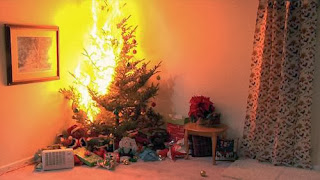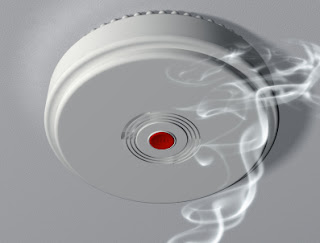Demand for suburban offices likely to ease as more workers
shift to the core, new report says
The live, work, shop shift to the core is playing out across
most Canadian cities and its impact will continue to be felt through a number
of real estate sectors in 2014, says a new report.
Retail real estate will remain a “buy” next year, especially
in Toronto and Calgary, as retailers look to open more stores in the core and
catch up with the growing number of people now living downtown, says the 35th
annual study of emerging real estate trends by the Urban Land Institute and
PricewaterhouseCoopers.
The intensification happening in most major downtowns,
combined with reverse migration from the suburbs to the core, is “one of the
most forceful and rapidly emerging secular trends in both corporate office and
residential real estate,” says the state-of-the market report released Tuesday.
Canada still remains “under retailed” compared to the U.S.
in terms of shopping space per capita and foreign retailers remain on the hunt
for prime new or reformatted space in what’s seen as a stable, healthy economic
environment, it notes.
That will further drive mixed-used redevelopment in downtown
areas that allow people to work, play — and shop — close to home.
But the shock waves from the shift are likely to be felt
most in sprawling suburban office parks, especially those that aren’t located
close to mass transit, says the survey of some 1,000 players in Canadian real
estate.
Suburban office face “dimmer prospects” for investment and
development, with one person surveyed for the report describing them as “a
declining commodity that has no staying power.”
The report notes that those office complexes are, in fact,
facing a double demographic whammy: Not only are more employers opting to be
closer to the core to cater to younger employees, but they are almost all
looking for more open, collaborative space — and much less of it per worker —
which could cause the suburban market to soften further.
While the pace of economic and job growth is expected to
slow in 2014, it is “not expected to significantly disrupt a stable real estate
market,” the survey notes. But “housing will again be a key topic during the
year.
“Rising house prices will put more focus on how the nation
can continue to provide enough affordable housing to a population base fuelled
by strong immigration.”
Prices in Whitby, Brooklin, Ajax and Pickering may rise during 2014
Most markets within the greater Toronto area have achieved
price appreciation of more than 4% this year, including Pickering, Ajax,
Whitby, Brooklin, Oshawa, Courtice, Bowmanville and the municipality of
Clarington. Prices in Whitby, Brooklin, Ajax and Pickering may rise more than
1.9% during 2014, simply because of the upcoming extension of Highway 407
through to Oshawa. It is the increased accessibility that highway 407 will
offer, plus the newly added GO Trains routes into Toronto, that are helping
commuters make the decision to locate to municipalities like Whitby.
If you are looking for a house in Durham Region or are
already a homeowner and wish to move to a new house in Pickering, Ajax, Whitby,
Brooklin, Oshawa, Courtice or Bowmanville, please contact me. I can answer all
of your questions, help you find the right neighbourhood and the perfect house
at a great price. Having sold real estate full time in Whitby and the
surrounding areas for over 20 years, you can assured of exceptional local
market knowledge and skilled
representation. Nothing beats experience. As the top producing agent for 2013 at
Re/Max Rouge River Realty Ltd.(amongst our five offices), you can be assured of
a worry- free move and service that will exceed your expectations.
Randy Miller
Sales Representative
Re/Max Rouge River Realty Ltd., Brokerage
905-668-1800 or 905-427-1400









